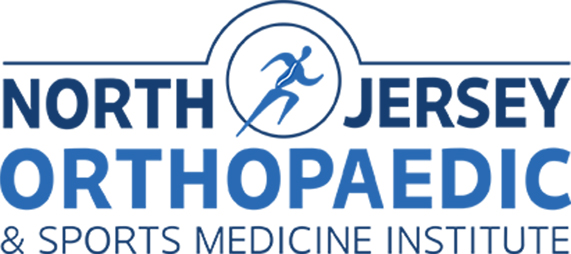When dealing with any type of injury, there is always the unknown that can cause some anxiety on top of dealing with pain or discomfort. If you’re someone who relies heavily on the use of your shoulder, tearing your labrum could be detrimental, especially if you are uncertain of the process and what it means to you.
To help better understand the process and stages lets first start with identifying what the labrum is, and who is possibly more vulnerable to this type of injury. The glenoid labrum ( often shortened to the labrum ) is an important ligament in the shoulder. The labrum makes up part of the socket on the shoulder that the arm fits into, allowing for the full range of motion. Because of its use in shoulder rotation, the labrum is highly susceptible to injury, usually through tearing. A torn labrum is a painful, debilitating thing. You see it happen often in sports featuring hits to the shoulder or in situations where there is constant motion of the arms.
A torn labrum brings an extreme decrease in range of motion and strength in the shoulder. Simple movements become very painful and the muscles are unable to exert as much force because of the damaged ligament. Surgery is usually required to repair the labrum, and with the surgery comes extensive rehabilitation to get that strength and motion back. Throughout typical torn labrum rehabilitation, you will go through several stages, each with different exercises and levels of intensity.
Immediately Following Surgery
You will have your shoulder and arm in a sling for a few weeks after surgery. The reason for this is to keep the shoulder immobilized so you do not accidentally jerk it and re-tear the labrum. You will not be doing many rehab exercises during this phase because of the need to eliminate movement in the joint. Instead, a therapist should have you performing very small exercises with the hand, such as grip strengthening. This will get strength back into the arm, but the gripping motions will also move the shoulder ligaments very slightly, re-training them without a dangerous level of motion. It may not seem like much, but this beginning motion is a key part of regaining full shoulder rotation.
The Next Several Weeks
Once the sling is off and doctors confirm the healing is progressing normally, you can begin more intense rehab exercises. These exercises should focus on moving the shoulder joint by actively using the shoulder muscles, rather than things like hand grip exercises. Stand on one end of an exercise band and hold the other with your arm flat at your side, then slowly extend the arm straight outward and then back down. The band creates resistance to help strengthen the rotator cuff and regain motion in the joint.
You can also lift your arms straight above your head as far as you can without experiencing pain. Stop when the labrum starts to feel tight and hold your arms there for about ten seconds before gently lowering them. Repeat this a few times and the joint will slowly start loosening and regaining the pain-free motion it bad before the injury.
Several Months Out
Rehabbing a torn labrum lasts many months, and during the later ones, you will focus on weighted exercises at a higher intensity. Once the danger of re-tearing the labrum has passed, the goal will be to get back to full strength and range of motion. Stretching exercises that utilize resistance bands should continue. You should add shoulder extensions to the mix as well, holding a small dumbbell in each hand. Rowing exercises are a great way to work the shoulder through its full range of rotation while still adding some muscle-building endurance. Over time, the pain and feelings of tightness will disappear completely and you will be able to pick up your old exercise routines in full once again.






